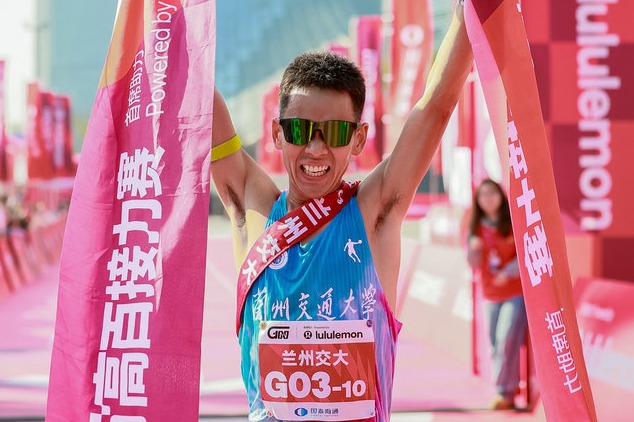Overcoming pain to bring comfort


Tan keeps a close eye on the patient's vital signs during a surgery. [Photo provided to China Daily]
Not just injections
"Most people think anesthesia is just giving an injection," Tan says.
"That's not correct. Different anesthesiologists get different results, even with the same anesthetics and techniques.
"Even with the same ingredients, different chefs create dishes with different flavors. An anesthesiologist's job is to bring out the best of anesthetics to make a patient more comfortable."
They monitor vital signs like heart rate, blood pressure, breathing, and awareness before, during and after surgery.
It's stressful.
But Tan says it's worth it when patients wake up saying they didn't feel pain. They sometimes even smile.
These specialized physicians share a range of other responsibilities, such as critical and trauma care and treatments.
They assess and diagnose, provide breathing and circulation support and prevent infection. That's not to mention giving pain relief during labor and delivery.
There are at most about 85,000 anesthesiologists in China.
About 300,000 more are needed, Yangcheng Evening News quotes Chinese Association of Anesthesiologists vice-president Huang Wenqi as saying.
The National Health Commission outlined in a statement in 2018 the importance of improving anesthetic services and developing plans to increase the number of anesthesiologists to 90,000 by 2020 and to 160,000 by 2035




































